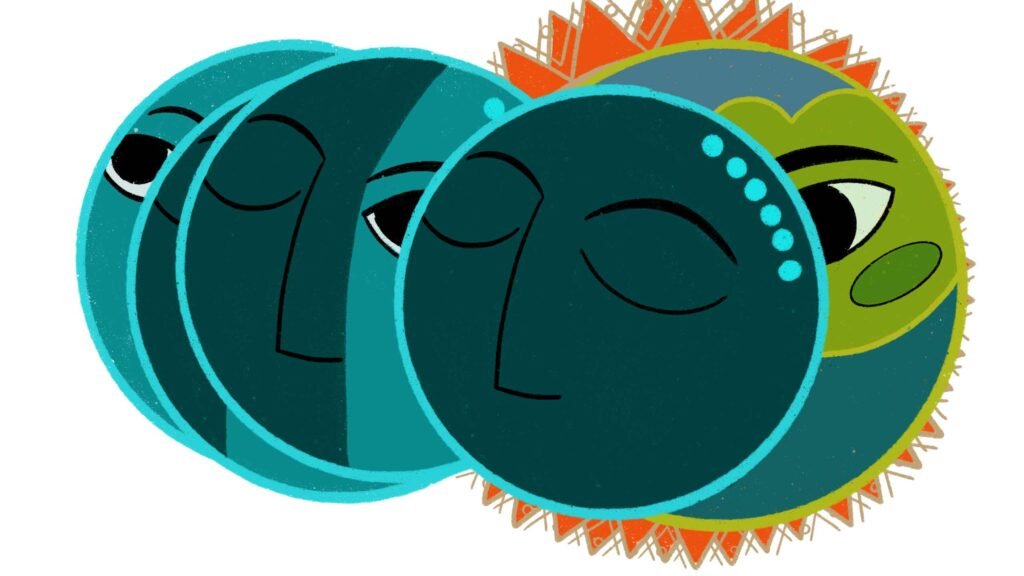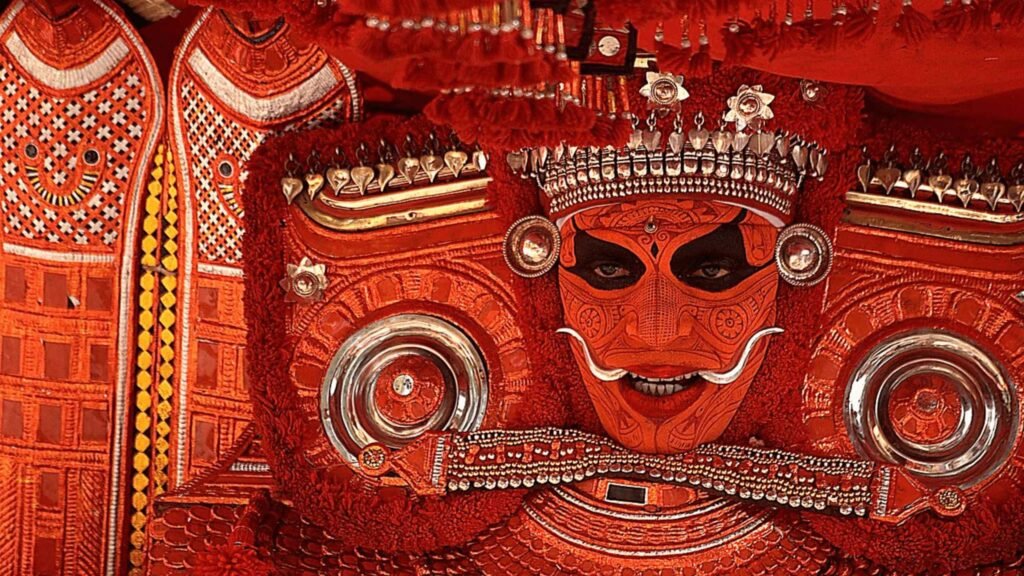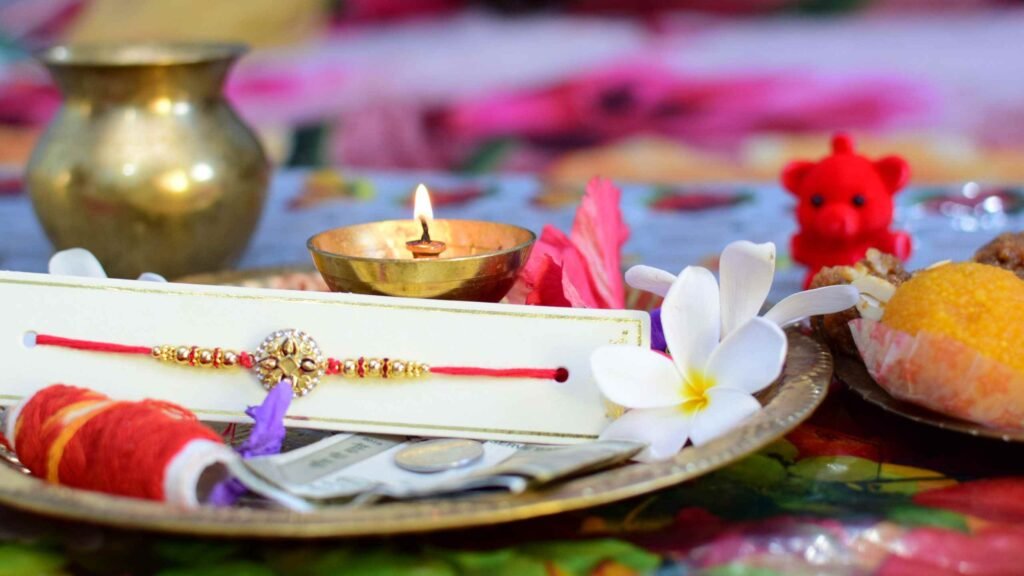On the 14th of January each year, the skies of Ahmedabad are sprinkled with beautiful colours – for it is the day of the International Kite Festival. What is special about January 14th?
Traditionally, that day is Makar Sankranti (or simply Sankranti), a festival that is celebrated all over India in some form or the other. Ancient Hindu astronomers observed that on this day the Sun apparently moved from the constellation Sagittarius to the constellation Capricorn (or Makara). Makar Sankranti, in fact, means “movement (of the Sun) into Capricorn”. It is also the beginning of Uttarayana (literally “northward movement”), when the Sun begins its apparent movement from the Southern Hemisphere to the Northern Hemisphere.
Detour: Watch our short video to find out how ancient Indian astronomers knew when it was Sankranti.
Nearly 90% of the world’s population resides in the Northern Hemisphere, so this northward movement is a happy event for them. Cold and gloomy winter days are over, and it is spring again. Since ancient Indian society was largely agrarian, Sankranti was a significant event-marker. The winter harvest would just have been over, so, it was time to rejoice, thank the gods and pray for another bountiful harvest. In Hindu tradition, the heavens operated on a different concept of time. For the gods, an earth year was just one day. The Uttarayana – six months of the Sun in the Northern Hemisphere was daytime for the gods. The Dakshinayana – six months of long nights was night for the gods. Naturally, for earthlings, Uttarayana – the daytime of the gods – was a good time to focus on good things, auspicious things, and even fun things…
…like flying kites! Even if one does not believe in the religious significance of Sankranti, everything augurs well for kites. That is because the weather is perfect: the sun is up early, the skies are clear and bright, and there is a gentle breeze. Since by now the harvest is over, people have more time and resources for leisurely activities. Kite flying in this season is symbolic of a soaring spirit.
When did kite flying begin in India?
Nobody is sure. One scholarly view is that the Chinese invented kite flying and passed it to India. The Chinese Buddhist pilgrims Hiuen Tsang (7th century CE) and Fa Hien (5th century CE) are believed to have been the earliest conduits. The earliest recorded kite-flying activity in India appears to be from the works of Namadeva, a 13th-century Marathi poet-saint. The Ramcharitmanas, a retelling of the Ramayana by the 16th-century poet-saint Tulsi Das, says that young Rama once flew a kite that soared so high that it got lodged in the heavens (Indra Lok)! Then Hanuman flew up to the heavens and retrieved it for him. Did Indians actually fly kites in the prehistoric era, over 2500 years ago, or was Tulsi Das’s narrative based on a 16th-century experience? We do not know. What we do know is that by the time the Mughals started ruling in India, kite flying was not only a popular hobby, but also an entertainment for the elites. The Mughal emperors patronised this sport.

One traditional sporting activity that sprouted from kite flying is kite fights. When a kite soars high in the sky, the string gets considerably taut and can be used to cut the string of another kite. So, two kite flyers can engage in an aerial duel where they try to cut the other’s string. Often the strings are fortified with manja, a special paste mixed with ground glass.
The coating is so deadly that it can not only cut the opponent’s string, but also the owner’s fingers. It could even slit a bystander’s throat. Designing fighter kites and preparing manja strings is a job performed by traditional craftsmen. When the string of the weaker kite is snapped, it drifts uncontrollably and lands far away. Children watch these duels carefully and run after the runaway kite to “capture it” – the unwritten rule being: “finders keepers”. “Kite runners”, as these children are called, are often at peril; when they rush madly, they could be knocked down by the city traffic or get hurt by the manja string. In many urban spaces, manja kites are banned.

The International Kite Festival
Why is this festival celebrated in Ahmedabad? Although kite flying is popular all over India, it appears that traditionally, Ahmedabad has been the kite capital of India. India’s only kite museum is located in Ahmedabad, at the Sanskar Kendra museum of art and culture, designed by the famous French architect Le Corbusier. In 1984, they opened a separate pavilion for kites using the rich heritage collection contributed by Bhanu Shah, an artist and designer. Since then, the museum has grown in popularity, attracting thousands of visitors from all over India.

In 1989, the government of Gujarat decided to formalise the charming tradition of Sankranti kite flying in Ahmedabad. They organised the first ever International Kite Festival in India. Preparations for the festival begin in November. Then, a week before the festival, Patang Bazaar, the traditional kite market in the heart of old Ahmedabad, goes on overdrive: the market is open 24 hours a day to facilitate the large volume of transactions. Tukkal kites (which resemble Chinese lanterns) are launched on the night before the festival, lighting the whole sky. The actual Sankranti Kite Festival begins after 5 am and goes on till the night of 14th. Tourists from all over India and abroad pour in and participants from about 40 countries enter the event. There are Wau-balang kites from Malaysia, Ilayang-ilayanghave kites from Indonesia, dragon kites from China, Rokkaku kites from Japan and many more traditional and innovative kites. It is estimated that over 8 million people watch the spectacular show, and the best place to witness it is from the banks of the beautiful River Sabarmati.

Postscript 1:
Over the years many other cities in Gujarat and other Indian states have added kite flying to their list of festivities. Most of these fall on Sankranti day or Independence Day. Latest in this list is the International Kite Festival held in Chennai, on the Mamallapuram beach!





